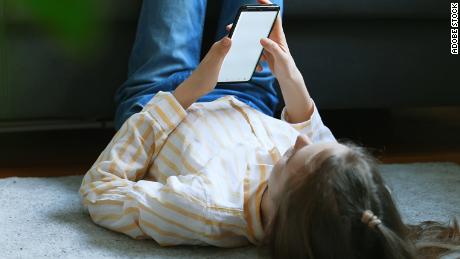Teens and social media: Set up a strategy that supports teens

By Adam
Teens are worried that their mental health is being affected by technology overload. Teens have it more complex. It doesn’t matter if they use social media, gaming, or even chat boards, digital technology has been integrated in their daily life.
When faced with this conflict, I ask my parents and caregivers how they are doing. MoreThey are using technology with their children, but HowIt is used and the purpose. ImpactingTheir headspace. When we are able to answer those questions we can collaborate with others to solve them.
Instead of fighting the problem and getting into a tug-ofwar, family members can concentrate on what the holiday season has in store. HowThey use social media. Families can work together to create a strategy for teens that promotes mental and social health.
The importance of parents and caregivers spending time with teenagers in reflective partnership is crucial. This is not something parents should do on their own. This is my 4-step guide to helping you navigate the new territory and making healthy, productive changes.
Step 1. Help teenagers evaluate the use of social media.
Discuss the quality and relevance of what your children consume online. Are you finding positive content, such as inspirational quotes and pictures of adorable babies? Are there negative content, such as politically-charged news and memes making fun of specific groups? Content isn’t all created equally. Without critically and intentionally evaluating the buckets in which content belongs, it can be difficult to determine what you should consume.
The use patterns of your teenagers are just as crucial. Are they more likely to use social media when feeling sad, angry, bored, or down? Is it because they want to be able to ignore their discomfort or avoid doing the homework that has been piling up? Is it possible to get away from the device and not feel any discomfort?
You might be able to identify an anxiety-related problem by asking teenagers to consider the relationship between what they do in real life and how it affects their use of Instagram, TikTok or other social media sites. It is possible to help your teens identify more effective ways to manage their discomfort, such as calling a friend and listening to music.
Step 2 – Ask your clients how they are using social media.
Ask your teenagers to openly discuss the effects of social media on mental health. What does it feel like to scroll on social media? Is there a noticeable difference in their feelings when they see one type of content such as puppy videos, body-positive posts or photos of influencers that are heavily edited or unrealistic, or content written by someone who is in a negative mindset?





